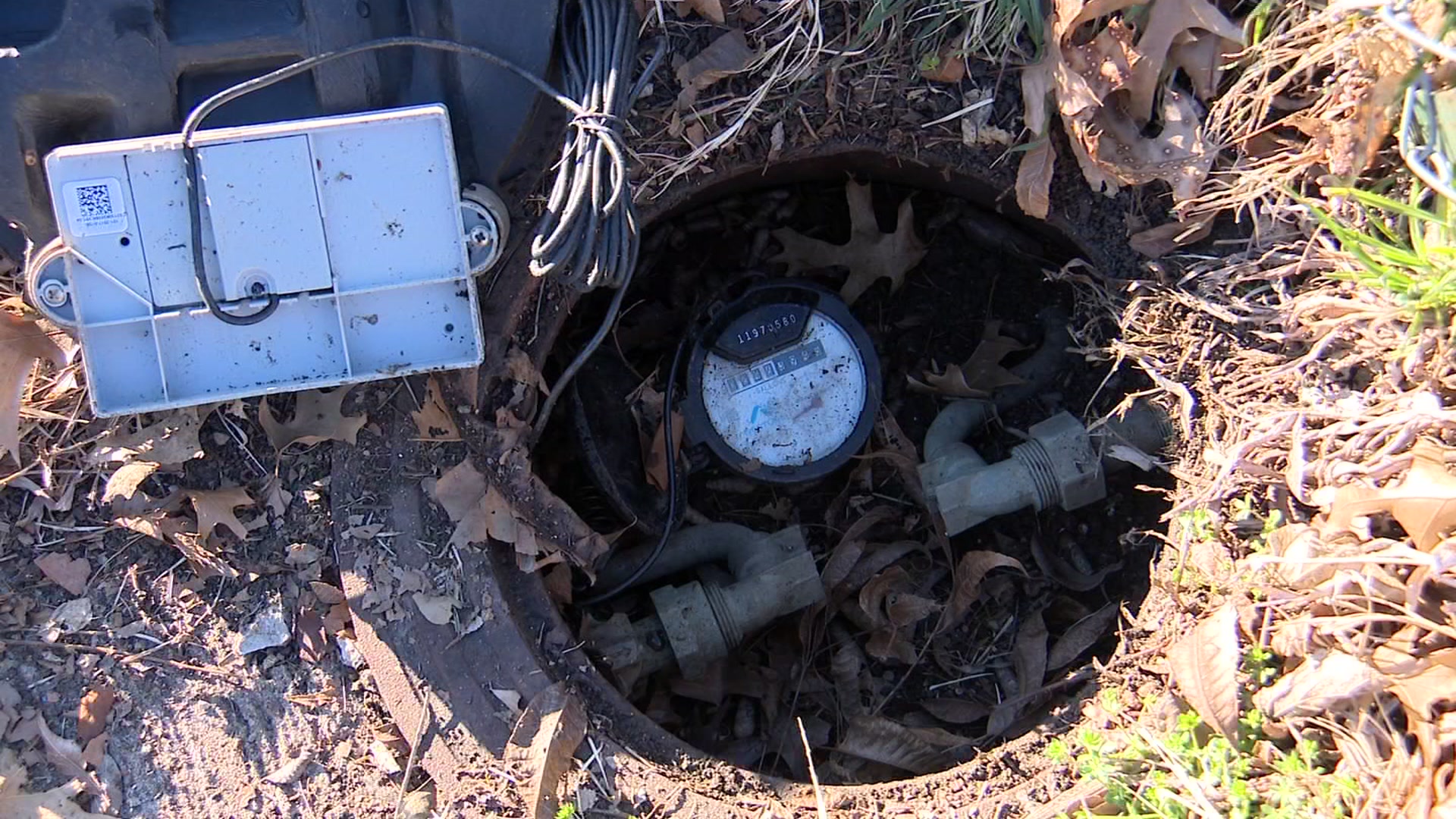A sign of the spring season is lasting well into summer on some North Texas lawns. Large yellow or dead patches. Experts say it’s not to late to reverse course.
A sign of the spring season is lasting well into summer on some North Texas lawns. Large yellow or dead patches of grass, caused by take-all root rot.
When Paul Ridley stood in his yard in Dallas, he didn't like what he saw.
“It was a disaster this spring,” said Ridley. “It was showing large patches turning brown."
That's when he called for help.
“Hope springs eternal,” he said. “I was hoping with watering and sunshine it would come back, but it never did."
Turns out Ridley had a problem many with St. Augustine grass do: take-all root rot.
“With take-all root rot, you're going to lose everything,” said Stephen Hudkins, master gardener and horticulturist with Texas A&M AgriLife Extension in Dallas.
Local
The latest news from around North Texas.
Hudkins said improper watering is a main culprit. Too much water, at the wrong times.
“So you really don’t want to water again until you see signs of distress,” he said. “That's when you want to water again."
Another fix involves raking off the dead areas, and applying peat moss, which improves Ph in the soil.
“Once you lower the Ph of that soil, the organism says wait a minute, I don't like this, and backs off,” said Hudkins.
Or, you could do what Ridley did. Rip out the St. Augustine grass and start over. It was an expensive fix. Now, he has a Bermuda grass lawn. But it too, is showing some brown spots, prompting a call to Hudkins on Friday for another diagnosis.
Tending to your yard is a constant battle. One Ridley hopes to win.
“I’m not one who obsesses over my lawn,” he said. “I just like it to look green."



